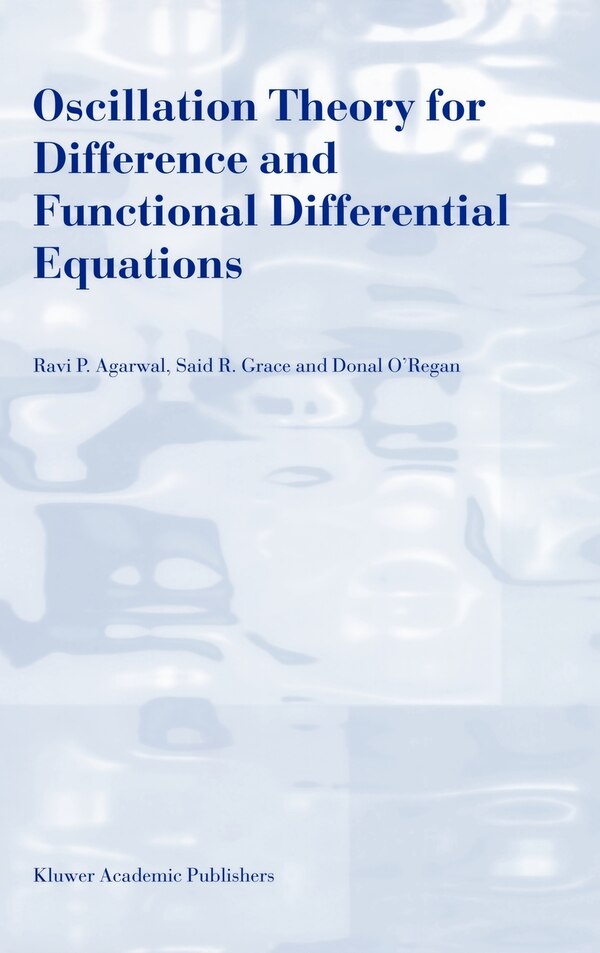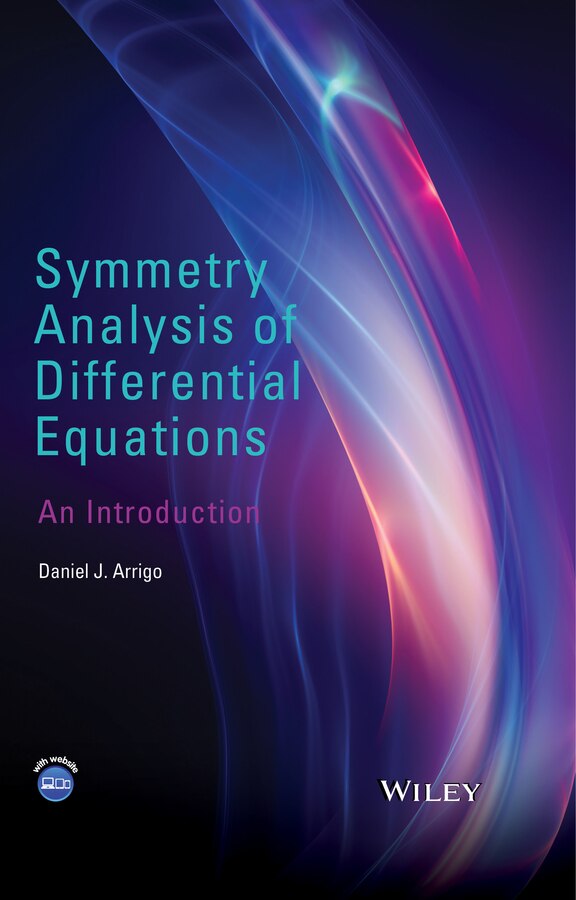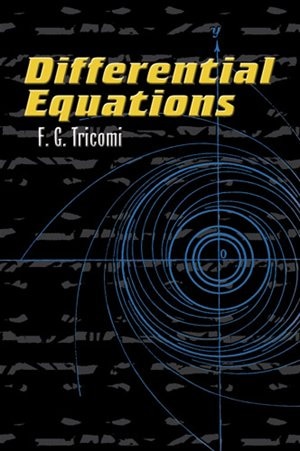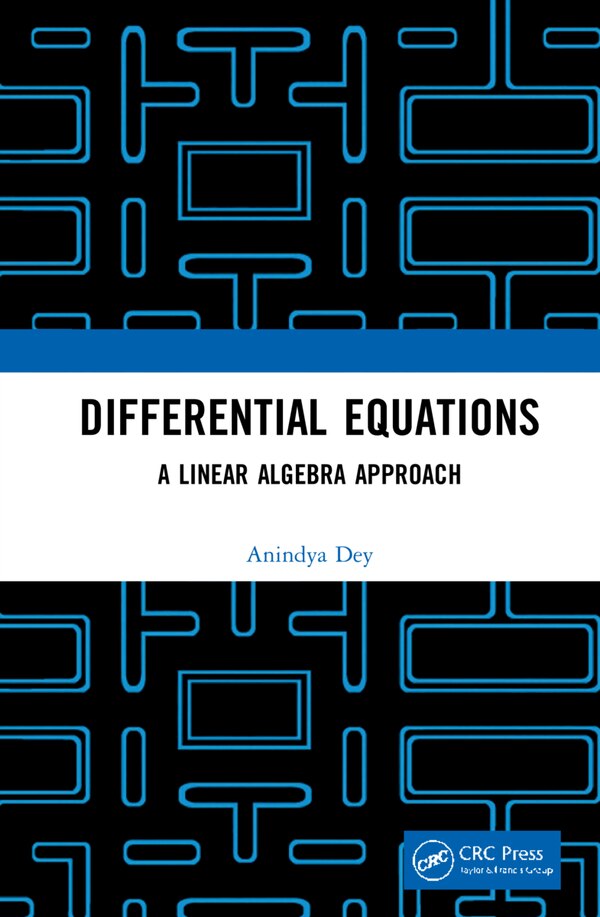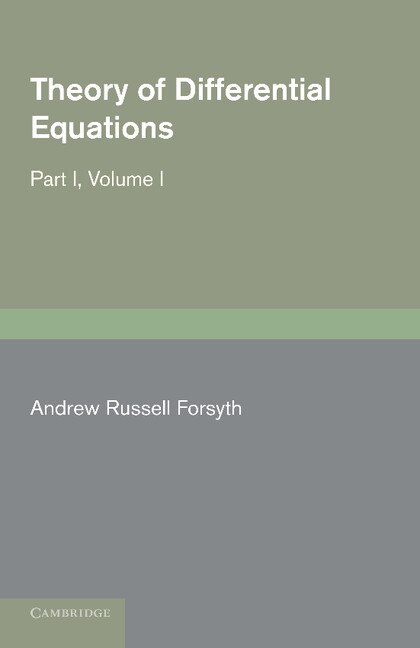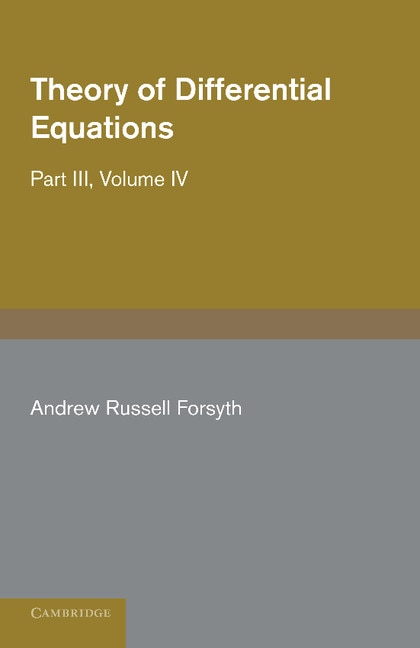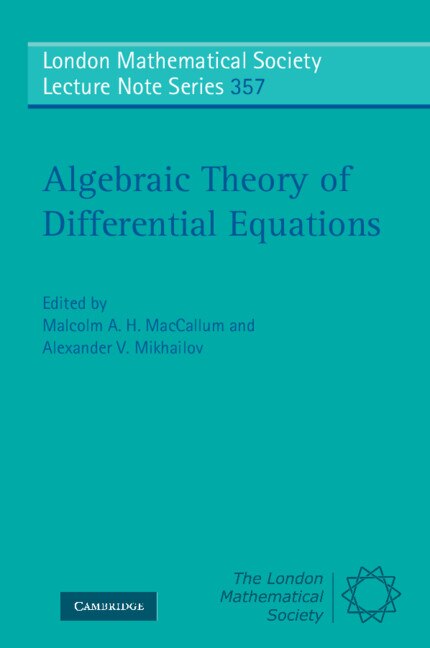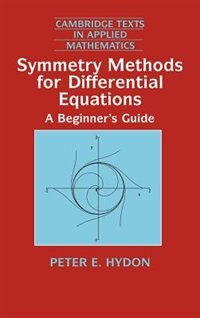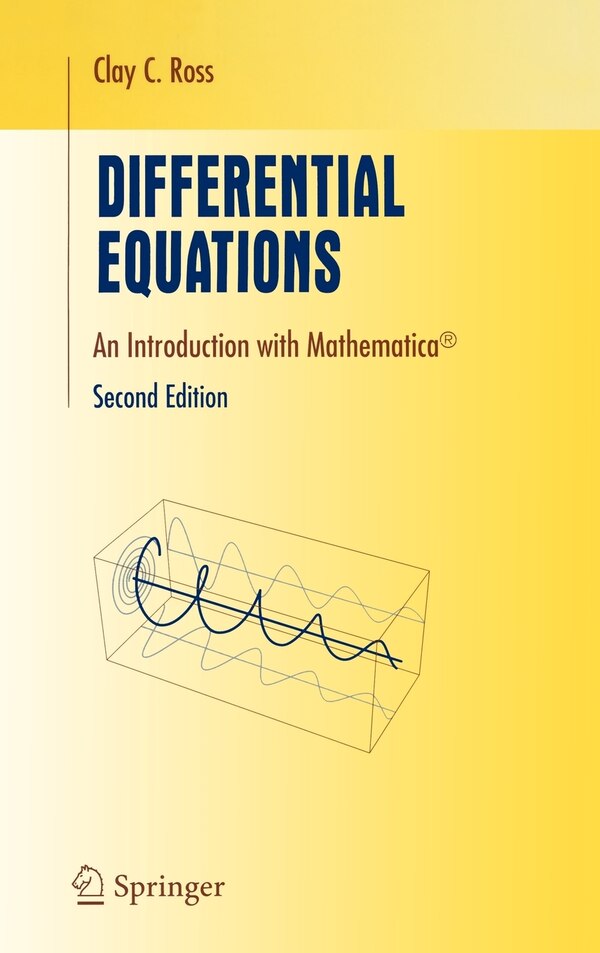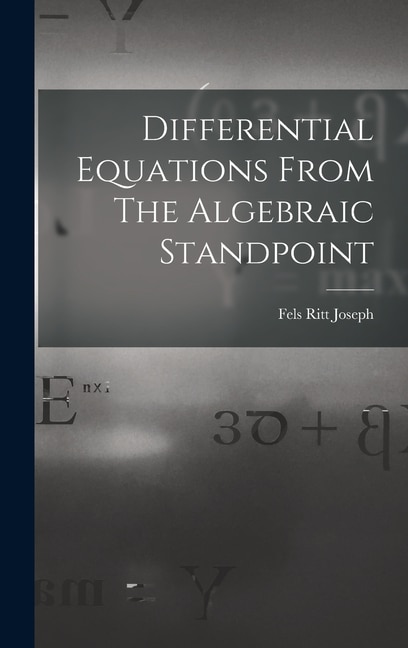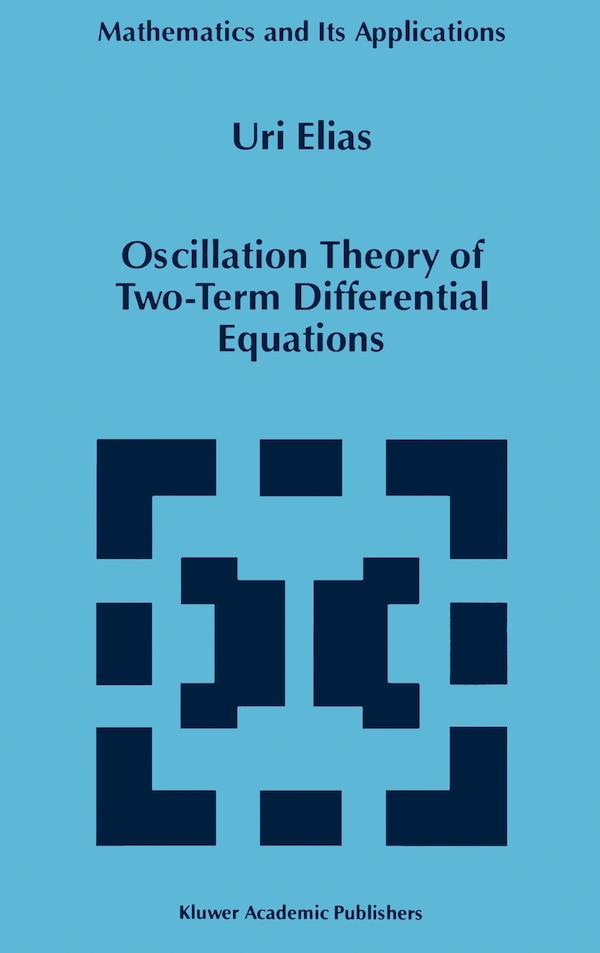
Compare Oscillation Theory of Two-Term Differential Equations by Uri Elias, Hardcover | Indigo Chapters
Uri Elias
$142.95
Oscillation theory was born with Sturm's work in 1836. It has been flourishing for the past fifty years. Nowadays it is a full, self-contained discipline, turning more towards nonlinear and functional differential equations. Oscillation theory flows along two main streams. The first aims to study prop erties which are common to all linear differential equations. The other restricts its area of interest to certain families of equations and studies in maximal details phenomena which characterize only those equations. Among them we find third and fourth order equations, self adjoint equations, etc. Our work belongs to the second type and considers two term linear equations modeled after y(n) + p(x)y = O. More generally, we investigate LnY + p(x)y = 0, where Ln is a disconjugate operator and p(x) has a fixed sign. These equations enjoy a very rich structure and are the natural generalization of the Sturm-Liouville operator. Results about such equations are distributed over hundreds of research papers, many of them are reinvented again and again and the same phenomenon is frequently discussed from various points of view and different definitions of the authors. Our aim is to introduce an order into this plenty and arrange it in a unified and self contained way. The results are readapted and presented in a unified approach. In many cases completely new proofs are given and in no case is the original proof copied verbatim. Many new results are included. | Oscillation Theory of Two-Term Differential Equations by Uri Elias, Hardcover | Indigo Chapters

